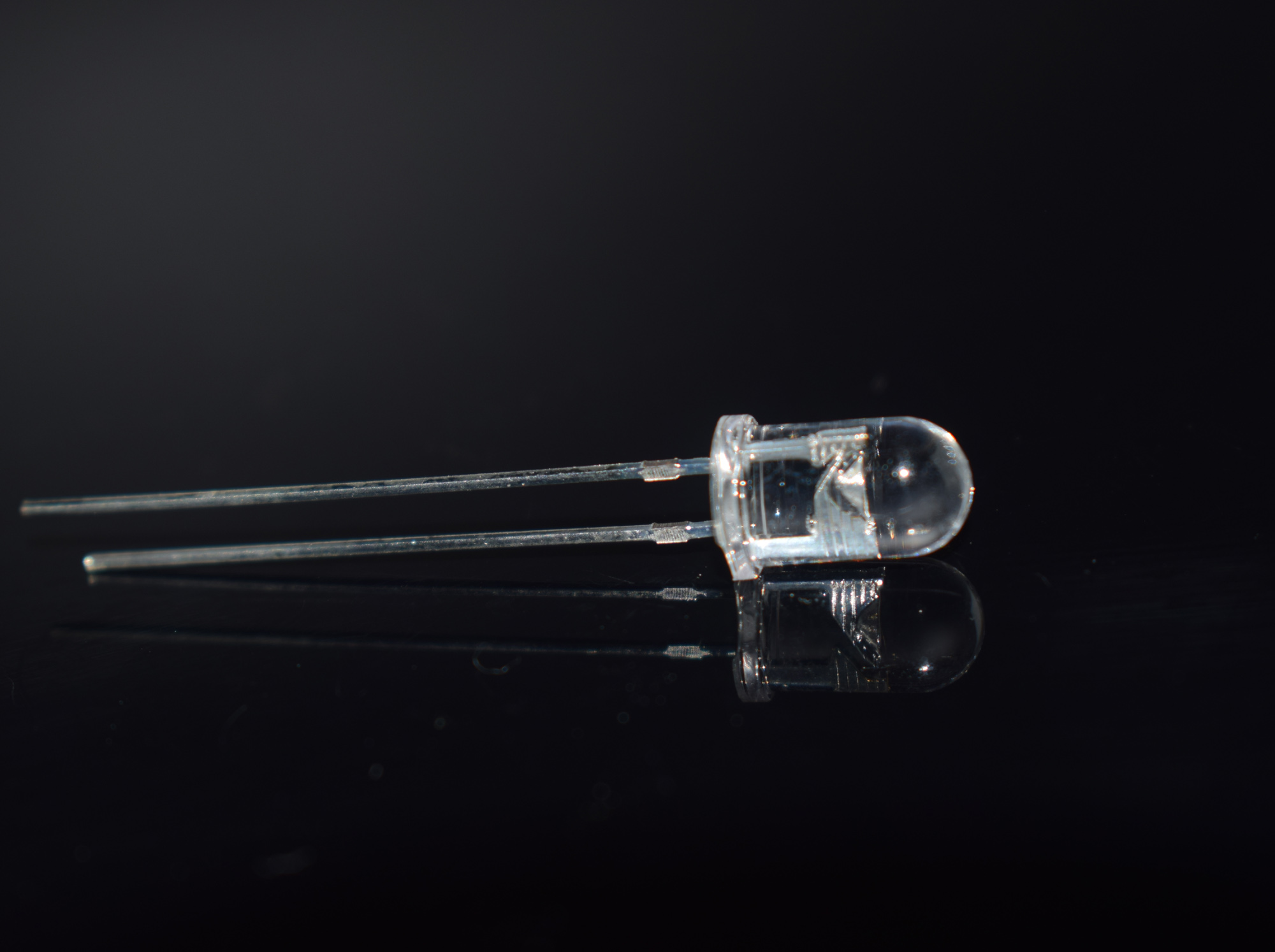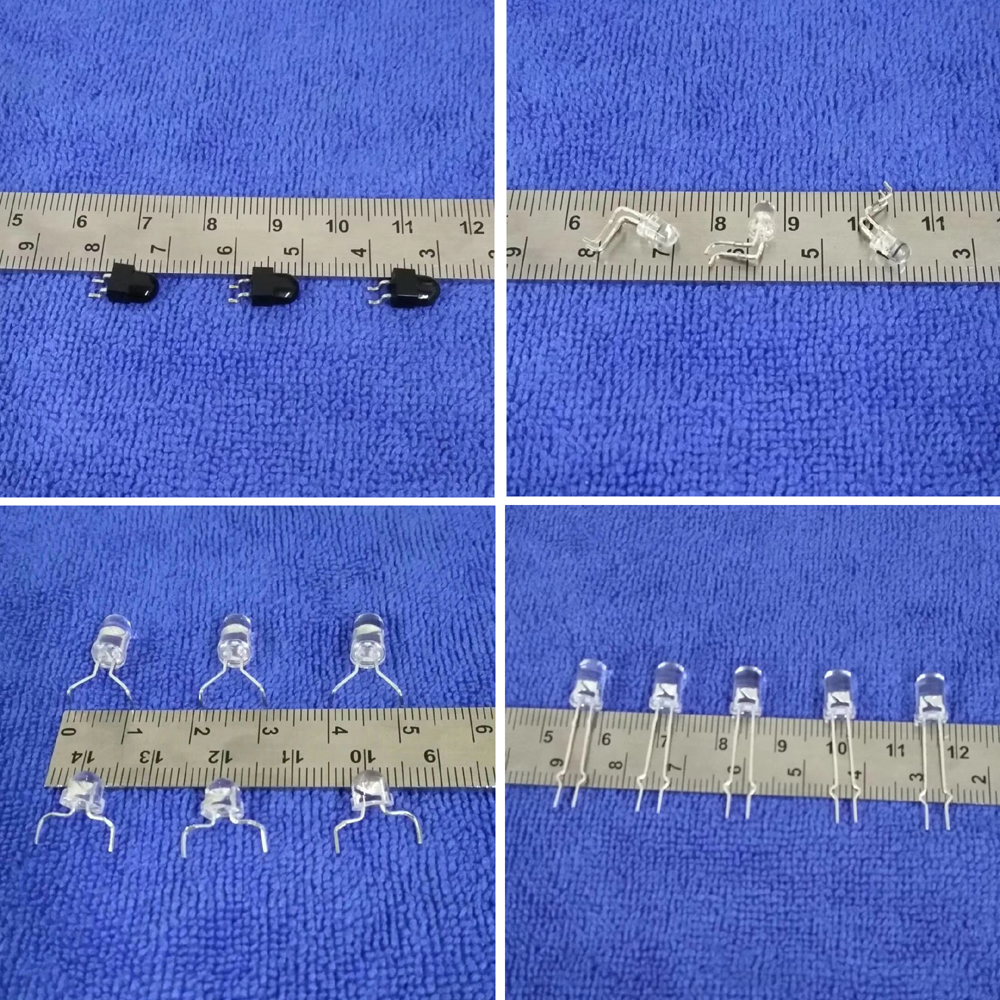I. Problems existing in the current potting and packaging process
At present, the commonly used white light illumination LED device adopts a potting and packaging process technology, that is, a mixture of a phosphor and a glue is injected into a chip holder which has been bonded with a solid crystal and a gold wire to complete phosphor coating on the surface of the LED chip . The phosphor coating obtained by this method has a non-uniform structure from the center to the edge. The structure of the potting process is shown in Figure 1:
Superiority Analysis of Phosphor Plane Coating Structure LED Devices
Figure 1 shows the structure of the phosphor coating obtained by the traditional potting process of LED device phosphor
The following problems are analyzed from the aspects of color temperature, luminous flux and heat dissipation.
Color temperature
The mechanism of LED device emitting white light is that the chip emits blue light, excites the YAG phosphor coated on the chip, excites the YAG phosphor to emit yellow light, and then the yellow light mixes with the blue light of the chip to form white light, so the more YAG phosphors are excited. The greater the proportion of yellow light in the white light formed by the whole combination, the white light will be yellowish and the color temperature will be warmer, otherwise the color temperature will be colder. That is to say, the white color temperature of the device is related to the thickness of the phosphor layer coated on the chip. For the same chip, the thickness is thick, the color temperature is warmer, the thickness is thin, and the color temperature is cold. If the thickness of the phosphor coating on the chip is not uniform, the white light spot emitted by the LED device will appear uneven in color temperature.
Superiority Analysis of Phosphor Plane Coating Structure LED Devices
Fig. 2 Schematic diagram of LED device illumination of traditional phosphor potting package structure
At the same time, the white light emitted by the phosphor coating on the chip surface is hemispherical in any direction, so the reflector integrated with the chip will also receive some white light, while the fluorescent coating of the traditional phosphor potting structure reflector has a phosphor coating. (See Figure 2), because the received white light contains blue light, the phosphor coating on these reflectors will also be excited to emit yellow light; and some white light will be coated with phosphor due to different angles of incidence. Reflection, then, some white light and yellow light will mix upward with the light emitted from the surface coating of the chip, some yellow light will enter the inside of the coating and the reflector. Since the coating is blocked on the reflector, this part of the light cannot be totally reflected. It is absorbed by the coating and converted into heat. Since the color temperature of the white light that is excited is closely related to the thickness of the phosphor coating, and the thickness of the coating on the reflector cannot be precisely controlled, the yellow and white light emitted by these coatings will have a color temperature and a phosphor coating on the surface of the chip. The white light emitted is inconsistent, so the unevenness of the color temperature in the spot emitted by the entire device is further exacerbated.
From the point of view of mass production, the potting and packaging process theoretically fills each die with a powder mixture of the same phosphor concentration and weight at one time, but in actual production, between the same batch of LED tubes, The phosphor concentration of the sub-filled powder mixture cannot be precisely controlled, so the phosphor layer will have a certain difference in shape, which makes it difficult to control the brightness uniformity and color temperature uniformity of the exit spot, resulting in a larger device. The difference in chromaticity.
At the same time, due to the uneven microscopic surface of the coated glue droplets, white light color unevenness may occur when the light is emitted, resulting in local yellowish or bluish unevenness spots.
2. Luminous flux
In traditional potting and encapsulating LED devices, the phosphor coating covers the chip and the reflector. Then, the white light excited by the blue light of the chip, in addition to the light directly emitted from the surface of the chip, a part of the light will be incident on the reflector ( See Figure 2). This part of the white light first hits the phosphor coating, and the reflective surface of the phosphor coating is weak, so part of the light will be reflected by the surface of the coating, and some of the light will be absorbed by the phosphor coating, so the on-chip fluorescence All of the white light that is excited by the powder coating will be lost, not all of it will be emitted.
3. Device heat dissipation
Due to the uneven thickness of the phosphor coating on the reflector of the conventional potting LED device, a part of the white light that is emitted from the phosphor powder on the surface of the phosphor coating on the reflective cover will be absorbed by the phosphor coating. The phosphor coating is heated, which causes the temperature around the LED chip to rise, which increases the heat dissipation burden of the LED chip. At the same time, the temperature rise of the chip is directly transmitted to the phosphor coating on the surface, so that the temperature increases, so The life of the entire LED device is affected.
940nm IR LED(infrared LED) manufacturer from China.
You can't see nothing when the 940nm IR LED is working, unless you watch it through some device(like phone's camera), which will show some purple or white color light. It widely used in Hunting camera, invisible surveillance, infrared sensing, infrared surveillance, infrared touch screen, remote control, smart home, etc.


We supply kinds of 940nm Through-Hole IR LED with different power. Such as 0.1W 940nm Through-hole IR LED,0.2W 940nm Through-hole IR LED,0.3W 940nm Through-hole IR LED,0.4W 940nm Through-hole IR LED.
Raw materials use the LED chip from Taiwan Epistar, Tyntek, Optotech. The stability of our products have been recognized by all of our custom.
For the lens of LED, 940nm Through-hole IR LED with wanter clear lens, black lens, navy blue lens are available.
The angle of the LED is selectable too, for instance: 5 degree 940nm Through-hole IR LED, 20 degree 940nm Through-hole IR LED, 30 degree 940nm Through-hole IR LED, 45 degree 940nm Through-hole IR LED, 60 degree 940nm Through-hole IR LED, 90 degree 940nm Through-hole IR LED, 120 degree 940nm Through-hole IR LED ect.
Shape can be: Straw hat, oval, flat top and short head 940nm Through-hole IR LED ect.
Size can be: 5mm round 940nm Through-hole IR LED, 3mm round 940nm Through-hole IR LED, 5mm straw hat 940nm Through-hole IR LED, 3mm flat top 940nm Through-hole IR LED,5mm flat top 940nm Through-hole IR LED, 8mm round 940nm Through-hole IR LED, 8mm straw hat 940nm Through-hole IR LED, 3*4*6mm 940nm Through-hole IR LED, 5*4*6mm oval 940nm Through-hole IR LED, 2*3*4mm square 940nm Through-hole IR LED, 4mm falt top 940nm Through-hole IR LED and so on.
All of our product are meet with Reach, CE, RoSH, SGS, EN62471 standards and have 5 years warranty.
940nm Through-Hole IR LED
940nm Through-Hole IR LED,Through-hole LED IR 940nm,IR 940nm 3mm Through-hole LED
Shenzhen Best LED Opto-electronic Co.,Ltd , https://www.bestsmd.com



